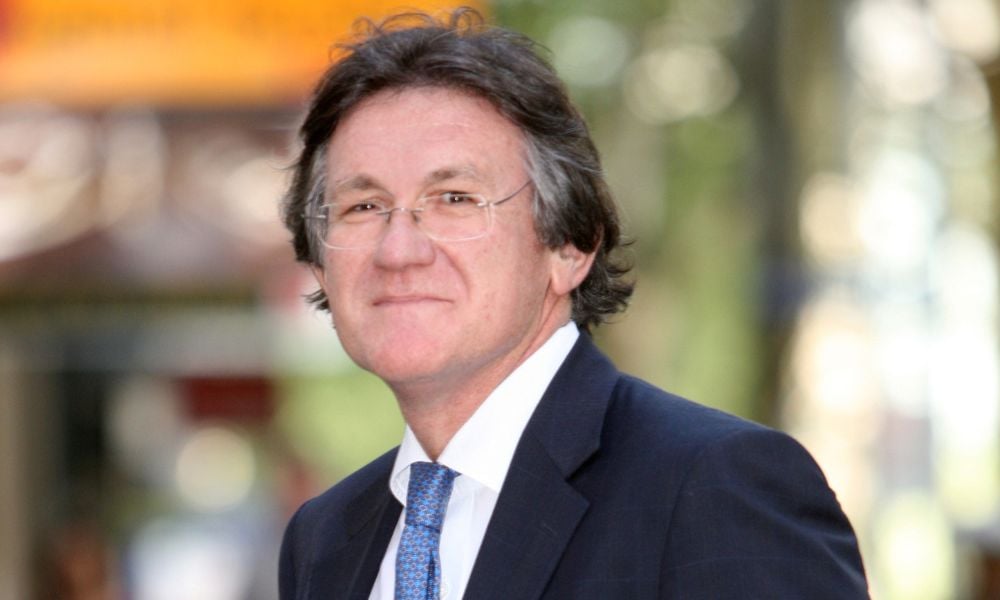Housing market confidence is now at its highest level in two years

The NAB Residential Property Index has continued its upward trend, with dwelling values rising in nearly all capital cities and regional areas over the three months to March and rental growth remaining elevated nationwide.
The index increased to +57 in Q1 2024, up from +46 in Q4 2023, +40 in Q3, and +9 a year ago. This is its highest level since Q1 2022, well above the average of +19.
Despite the strong headline result, outcomes varied across states and territories. The state index rose everywhere except Western Australia (+80 from +96) and the Northern Territory (0 from +25).
The index for the Australian Capital Territory improved significantly (0 from -42), as did Tasmania (-20 from -63), though it remains negative.
Confidence among surveyed property professionals also increased, with NAB’s one-year confidence measure rising to +68 from +55 in the previous quarter and the two-year measure to +67 from +56 in Q4 2023. Housing market confidence is now at its highest level in two years, well above long-term averages of +37 and +45, respectively.
Average survey forecasts for national prices were revised up to 2.8% for the next 12 months and 3.4% over two years, while expectations for stronger growth reflected upward revisions in Queensland (3.4%), South Australia (3.1%), New South Wales (2.7%), Victoria (1.6%), and the ACT (1.5%). House prices are expected to grow in other regions, albeit more slowly — 5.2% in WA and 0.9% in the NT over the next 12 months.
“Our outlook for property prices is broadly unchanged with price growth over recent months tracking largely as expected,” said Alan Oster (pictured above), NAB chief economist. “We continue to expect dwelling prices across the capital cities to grow by around 5% this year and 4% next year.
“While dwelling price growth has slowed after rebounding relatively quickly from the initial fall as rates rose, the ongoing imbalance in the demand and supply for housing is likely to persist for some time. The pressure has been broad-based across that’s, though price growth has shown some divergence.”
The Q1 NAB survey also indicated that most property professionals view local rental markets as undersupplied. Average survey forecasts predict rental growth of 3.8% over the next 12 months and 4.3% over two years.
Positive rental growth expected in all states, with acceleration in Victoria, Queensland, South Australia, and Tasmania, and slower growth elsewhere.
Meanwhile, the market share of first-home buyers (FHBs) in new property markets declined to 29.3% in Q1 2024, its lowest since 2016. The market share of sales to owner-occupiers (excluding FHBs) reached an 11-year high of 42.2%, recovering from 38.5% in Q4.
Sales to resident or domestic investors in new housing markets were stable at 17.8% (from 17.7% in Q4), still below the survey average of 21.6%.
Construction costs remained a barrier to new residential projects for 76% of survey participants, particularly in Victoria (88%) and New South Wales (79%). Delays in obtaining planning permits were also a significant concern, noted by around half of respondents, while fewer property professionals saw rising interest rates as a barrier (39%, down from 55%), as policy rates remained unchanged since November.
In established housing markets, owner-occupiers (excluding FHBs) dominated sales activity, with their market share rising to 44.1% in Q1, above the survey average. The share of FHBs fell slightly to 33.2% but remained above the survey average. Local investors’ market share increased to 17.1% but was still below the survey average.
NAB said rising interest rates were the biggest constraint for buyers of existing properties nationally in Q1 but had a slightly lesser impact as policy rates were stable. Lack of stock was the next significant constraint, particularly for buyers in WA, SA, and QLD.
The market share of foreign buyers in new Australian housing markets fell slightly to 10% in Q1 from 11% in Q4 but remains above the long-term average of 9.1%. This decline was seen in NSW (12%) and WA (11%). In QLD, the market share of foreign buyers increased to 7.6% and remained steady in VIC at 10%. Despite the slight decrease, there has been a nearly five-fold increase in foreign buyer market share since mid-2021.
“Economic growth has slowed but population growth has been a key support to aggregate demand,” Oster said. “Consequently, the labour market has remained resilient as have business conditions and capacity utilisation in our business survey.
“That said, we expect growth to remain weak in the near-term and for the unemployment rate to drift higher. That should see the RBA being able to ease rates from around November, taking the cash rate to around 3% by end 2025. An ongoing easing in inflationary pressure remains key for this outlook.”
What are your thoughts on the latest NAB Residential Property Index? Comment below.



